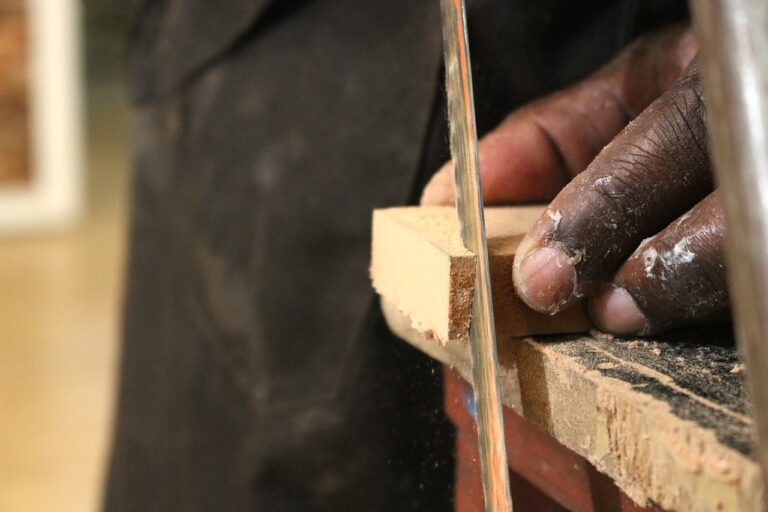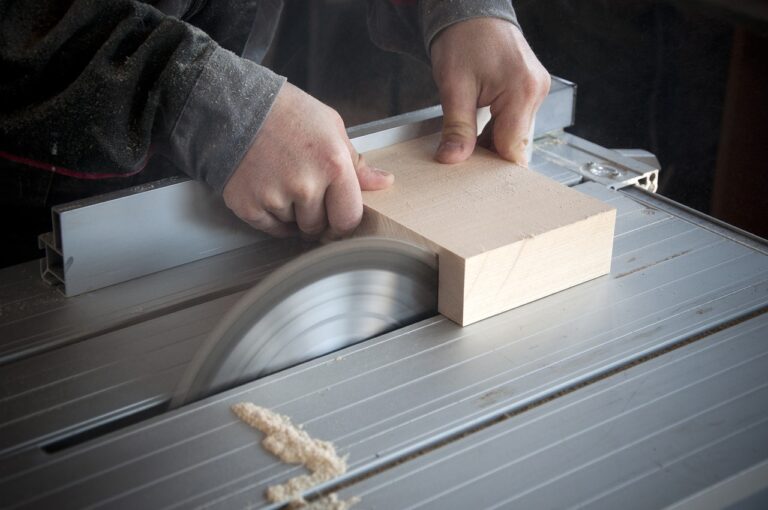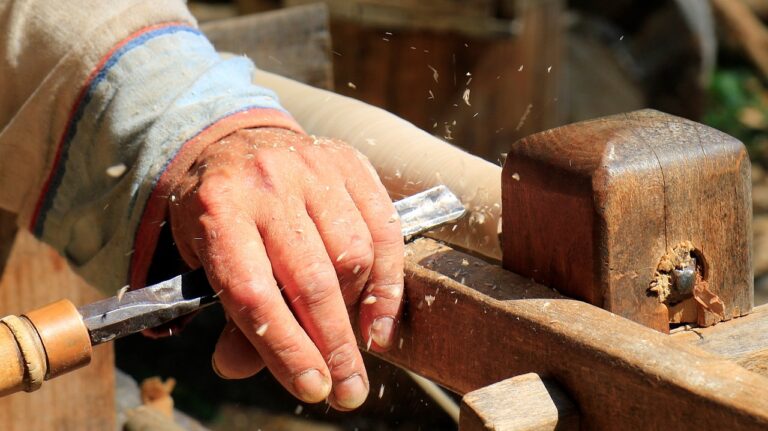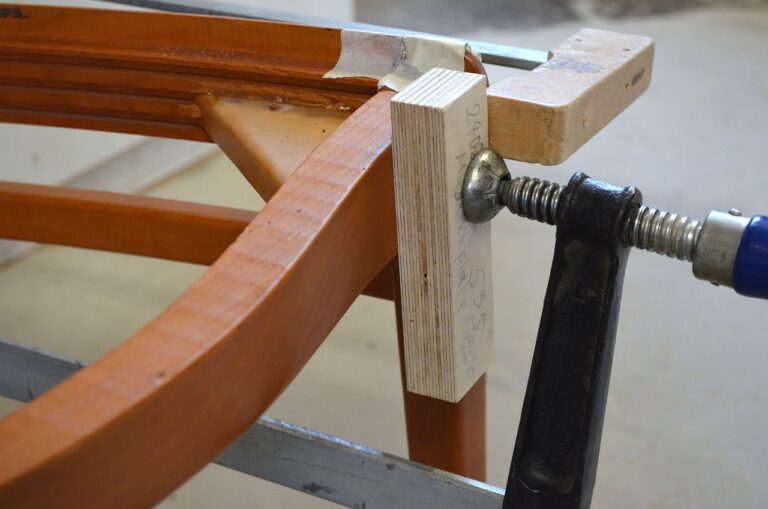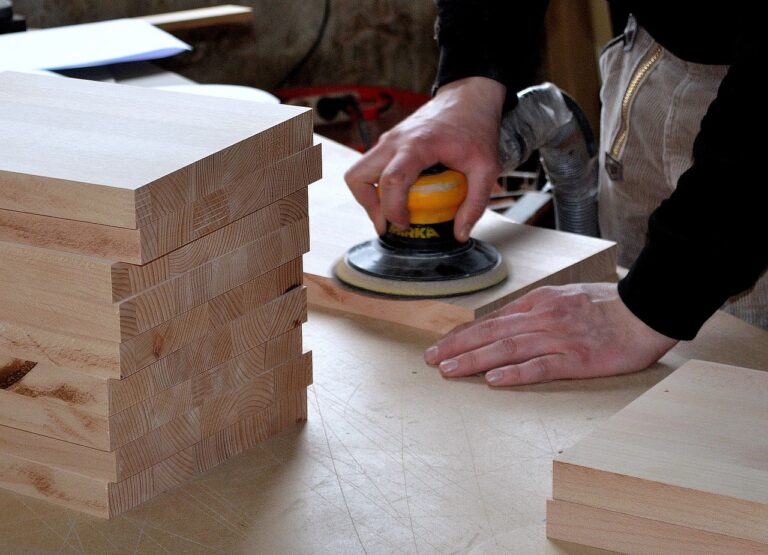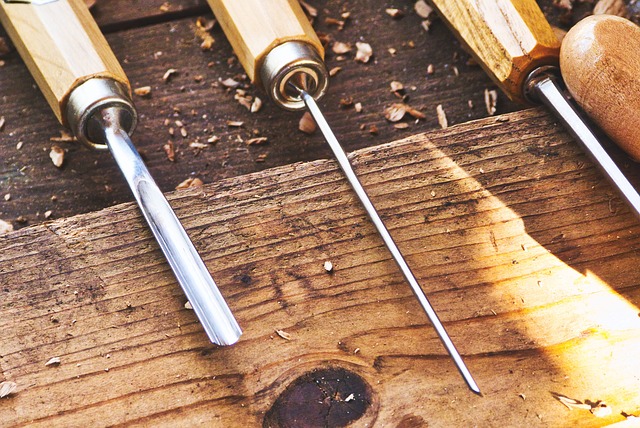DIY Multifunctional Furniture: How to Create a Sofa with Storage Space
In the continuous search for practical solutions that optimize spaces, multifunctional furniture has gained increasing prominence. And it’s no surprise, after all, in increasingly smaller environments, the ability to make intelligent use of every available centimeter has become a necessity. In this context, DIY (Do It Yourself) furniture has gained a special place, offering not only functionality, but also the satisfaction of creating something with your own hands. A brilliant example of this trend is creating a sofa with storage space. In this article, we will explore the benefits, step-by-step instructions and some important tips for embarking on this project.
Table of Contents
Why Choose Multifunctional Furniture?
Before we dive into the process of creating a sofa with storage space, it is essential to understand the benefits of this type of furniture. The main advantage lies in its ability to combine comfort and organization in a harmonious way. In smaller spaces, each piece of furniture needs to justify its presence, and multifunctional furniture fulfills this role masterfully.
Furthermore, by adopting the do-it-yourself concept, you can customize the furniture according to your needs and style. This provides a sense of accomplishment and belonging to the environment, making it even more welcoming.
Opting for multifunctional furniture in the carpentry shop is a smart choice for several reasons. Multifunctional furniture offers a range of practical and aesthetic benefits, making it an excellent option for spaces of all sizes and purposes. Here are some reasons to consider multifunctional furniture:
- Space Saving: Space is often limited, especially in small apartments or houses with few rooms. Multifunctional furniture can serve multiple purposes, allowing you to maximize the use of available space.
- Versatility: Multifunctional furniture can be adapted to meet different needs over time. This is particularly useful if you like to redesign or rearrange your home frequently.
- Functionality: These furniture are designed to fulfill several functions, which makes them ideal for environments that need practical solutions. For example, a sofa bed can be used as a couch during the day and a bed at night.
- Style and Design: Multifunctional furniture can be just as elegant and aesthetically pleasing as traditional furniture. This means you don’t have to sacrifice style for functionality.
- Financial Savings: Although multifunctional furniture may be a slightly higher initial investment, it generally offers long-term savings as it eliminates the need to purchase separate pieces for each function.
- Sustainability: Reducing the amount of furniture you need to buy can be more sustainable in the long term, as it reduces the demand for natural resources and reduces waste.
- Adaptation to Specific Needs: In some cases, multifunctional furniture can be custom designed to meet the specific needs of a space or person. This is particularly useful for people with reduced mobility.
- Ease of Maintenance: It’s generally easier to keep a space organized and clean when you have less furniture, and multifunctional furniture can contribute to this ease of maintenance.
When considering multifunctional furniture in the carpentry shop, it is important to think about the needs of the space and the people who will use it. Carefully planning the design and functionality of multifunctional furniture can result in a more efficient, practical and aesthetically pleasing environment.
Step-by-Step Guide to Creating Your Own Sofa with Storage Space
Required Tools
To create a sofa with storage space, you will need a variety of tools and materials. Here are the essential tools you will need for this project:
- Circular Saw: A circular saw is essential for cutting wood to the desired dimensions for the sofa frame and storage pieces.
- Jigsaw: A jigsaw is useful for more detailed or curved cuts, such as cutouts to fit hinges or other parts of the design.
- Drill: You will need a drill to drill holes for screws, nails, or other types of fasteners.
- Drill Bits: A set of wood drill bits will be needed to drill suitable holes for screws and bolts.
- Screwdriver or Screwdriver: Use a screwdriver or electric screwdriver to screw the wooden pieces together.
- Hammer: A hammer is needed to drive nails if you choose to use them instead of screws.
- Hacksaw: A hacksaw is useful for manual, detailed cuts when necessary.
- Sander: Use a power or hand sander to smooth out rough edges and make the surface of the wood even.
- Grip Clamps: Grip clamps are useful for holding parts in place while you attach them.
- Level: To ensure your sofa is level and balanced.
- Square: A square is essential to ensure right angles and precise measurements during assembly.
- Tape Measure or Ruler: Use a tape measure or ruler to measure and mark the correct dimensions of the wood.
- Brushes and Finishing Tools: If you plan to paint, stain, or apply any finish to wood, you will need brushes and other finishing tools.
- Fastening Material: Screws, nails, dowels and wood glue are essential for joining wooden pieces together.
- Hinges and Fasteners: If your sofa has storage compartments with doors or a lid, you will need appropriate hinges and fasteners.
In addition to tools, you will also need woodworking materials such as plywood, wooden boards, upholstery foam, upholstery fabric, cushions, and so on, depending on the specific sofa design with storage space you are creating. Remember to follow plans or a well-planned design and take safety measures when using power and hand tools during the construction process.
Security Items
When working on woodworking projects, especially when creating a sofa with storage space, it’s critical to prioritize safety. Here are some safety items you should consider when carrying out carpentry work:
- Personal Protective Equipment (PPE):
- Safety Glasses: Protect your eyes from flying debris, dust and wood chips.
- Hearing Protectors: Reduce the risk of hearing damage when using noisy power tools.
- Respiratory Mask: Avoid inhaling dust and wood particles, especially when sanding or cutting.
- Appropriate clothing:
- Wear appropriate work clothing, such as a long-sleeved shirt, pants, and closed-toe shoes to protect your skin from cuts and scrapes.
- Adequate Ventilation:
- Working in well-ventilated areas helps minimize inhalation of dust and chemical vapors, if applicable.
- Fire extinguisher:
- Keep a fire extinguisher near the work area in case of emergency.
- First aid kit:
- Have a first aid kit available with bandages, antiseptics, and other essentials.
- Organized Workplace:
- Keep your work area clean and organized to prevent trips and falls.
- Security instructions:
- Read and follow the manufacturer’s safety instructions for all tools and equipment you are using.
- Proper Training:
- Make sure you and anyone you are helping have the proper training to operate tools and equipment safely.
- Dust Control:
- Use a dust collection system or vacuum cleaner to minimize dust in the work environment.
- Turn Off Tools When Not in Use:
- Unplug all power tools when not in use to avoid accidents.
- Tools in Good Condition:
- Make sure your tools are in good working order and well maintained.
- Emergency plan:
- Have an emergency plan in case of serious injuries or accidents and know how to act in emergency situations.
Remember, safety should be a top priority in any woodworking project. Know your limits, be aware of the risks and take all necessary measures to protect yourself and those around you. If you do not have experience in carpentry work, considering guidance from a professional or taking part in carpentry courses may also be a safe decision.
Necessary materials
Before starting, it is essential to gather the necessary materials. To create a sofa with storage space you will need:
- Construction materials (wood, screws, hinges, etc.)
- Upholstery foam
- Fabric of your choice
- Tools (saw, drill, upholstery stapler, etc.)
Step 1: Planning and Measurement
Start by planning the size of the sofa and the storage space you want to integrate. Carefully measure the area where the sofa will be positioned, taking into account the overall dimensions and depth of the storage space.
Step 2: Construction of the Structure
With the measurements in hand, it’s time to build the sofa structure. Use the wood and tools to create the base and arms of the sofa, according to the project you envisioned. Make sure the structure is solid and stable.
Step 3: Installing Storage Space
Integrate the storage space into the sofa structure. This can be in the form of drawers under the seat or compartments built into the armrests of the sofa. Make sure the opening and closing mechanisms work properly.
Step 4: Upholstery
With the basic structure ready, it’s time to add the upholstery. Cut the foam according to the size of the sofa and glue it to the structure. Then, use your chosen fabric to cover the upholstery, stapling it carefully to obtain a clean, professional finish.
Step 5: Final Details
Finish your DIY multifunctional sofa by making any necessary adjustments. Make sure all parts are securely attached, sand the edges of the wood to avoid accidents and make the final touches to the upholstery.
Important Tips
- Choice of Materials: Choose quality materials, especially wood. It must be resistant and suitable for furniture, ensuring the durability of your sofa.
- Precise Measurements: Precision of measurements is crucial to the success of the project. Remember the saying: “measure twice, cut once”.
- Finishing: Dedicate time to finishing. A well-done sanding and careful upholstery make all the difference in the final result.
- Safety: Make sure the sofa structure is well reinforced and stable, especially if the storage space is used to store heavier objects.
- Creativity: Feel free to customize the sofa design according to your taste. Paint the wood or choose a fabric that complements the room’s decor.
Conclusion
DIY multifunctional furniture represents not only a smart solution for optimizing spaces, but also an opportunity to express your creativity and manual skills. Creating a sofa with storage space is a rewarding project that combines functionality, comfort and practicality. By following the step-by-step instructions and tips mentioned in this article, you will be well on your way to creating a unique piece of furniture that perfectly fits your needs and space. Remember, the DIY journey is as valuable as the end result, so have fun while creating your own multifunctional sofa!


